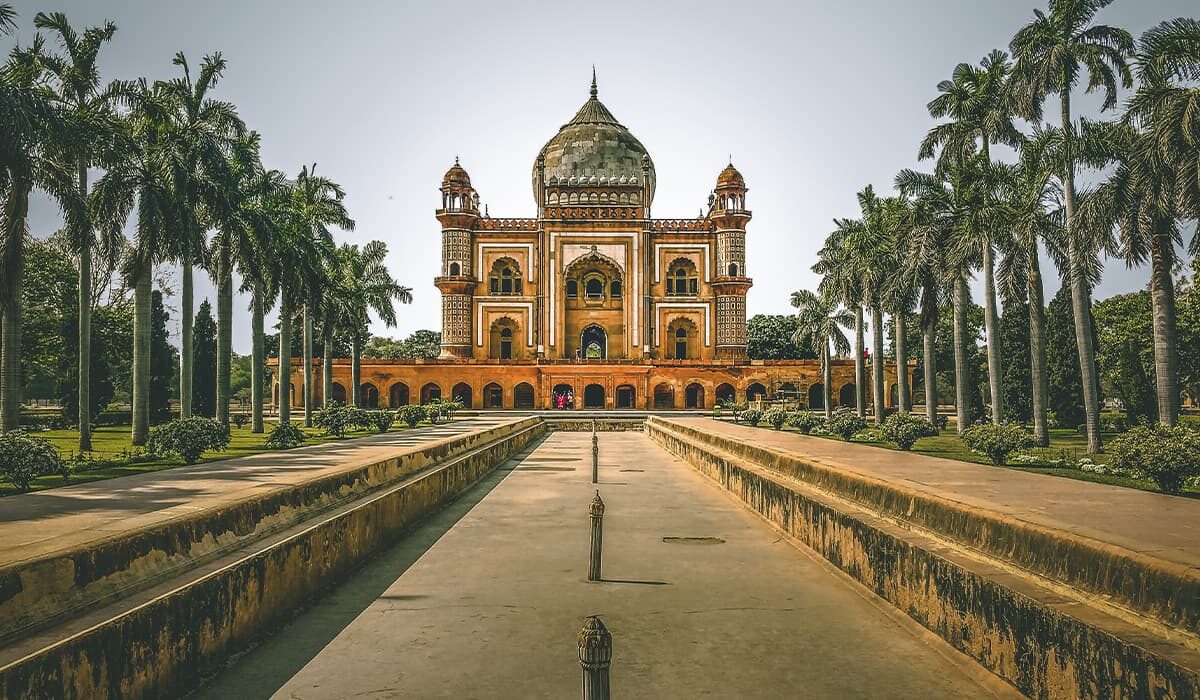For centuries, India has been an inaccessible land of legend for Europeans, beckoning with its riches – silks, precious stones and spices, natural beauties and ancient spiritual practices such as yoga and ayurveda.
Today India is open to tourists, but like 500 years ago it still remains a mystery. The uniqueness of India shows in nearly everything: in unusual for the European culture with a few million gods, in the way of life of the people and their bright clothes and even in the incense permeating everything around. The traffic in India is left-handed and you have to share the road with crowds of cyclists, yellow and green three-wheeled auto-rickshaws, trucks decorated with patterns and embossing, and even carts pulled by oxen.
Snake charmers, fire breathing magicians, dancing dancing bears and fortune tellers appear in the market squares. Walking through the streets of major cities, you can come across a quarter of potters, meet wandering monks, people in business suits and Indian women in bright, elegant saris.
India’s Treasures – Paradisiacal Places, Sacred Ganges and Colorful Cities
India’s nature is amazingly diverse. The journey from the snow-capped Himalayas to the hot tropics and white-sand beaches takes only a few hours. The most well-appointed beaches, the best hotels, water sports centers and loud parties are concentrated in Goa. The second most polar state of the country, Kerala, invites tourists to take a river cruise on boats with bamboo roofs.
For its abundance of rainforests, lagoons, lakes, and sandy beaches, National Geographic Traveller magazine listed Kerala as one of the “Ten Paradises of the World.” Millions of tourists are attracted to its shores by the sacred Ganges. Many Hindu rituals are associated with the river, such as sacred ablutions, funeral rites – Hindus throw the ashes of their dead relatives into the waters of the Ganges to help them get to heaven. Seeking help and patronage, Indians offer lighted lamps as gifts to the gods and sing songs on the banks of the Ganges. Adventurers in India will enjoy such activities as canoeing on the Zuari River in search of crocodiles, cruising on a pirate schooner to uninhabited islands or travel to the jungle on elephants. It is impossible to cover all the beauties, monuments and museums of India in one trip, but the classic Golden Triangle tour will allow you to get a complete picture of colorful India in just a few days. After seeing the Red Fort, temples of all world religions and the mausoleums of legendary rulers with which Delhi is so rich, tourists will go to the beautiful Taj Mahal in Agra and the “Pink City” Jaipur.
Jaipur’s architectural ensemble is made of unusual pink-colored sandstone. The main pride of this city is the former palace of the Maharajah and the Palace of the Winds, built in the form of a honeycomb for the royal harem. Thanks to the 953 holes “honeycombs”, even on hot days, the breeze continuously blows through the rooms.

